The best modifications for the Ford Fiesta
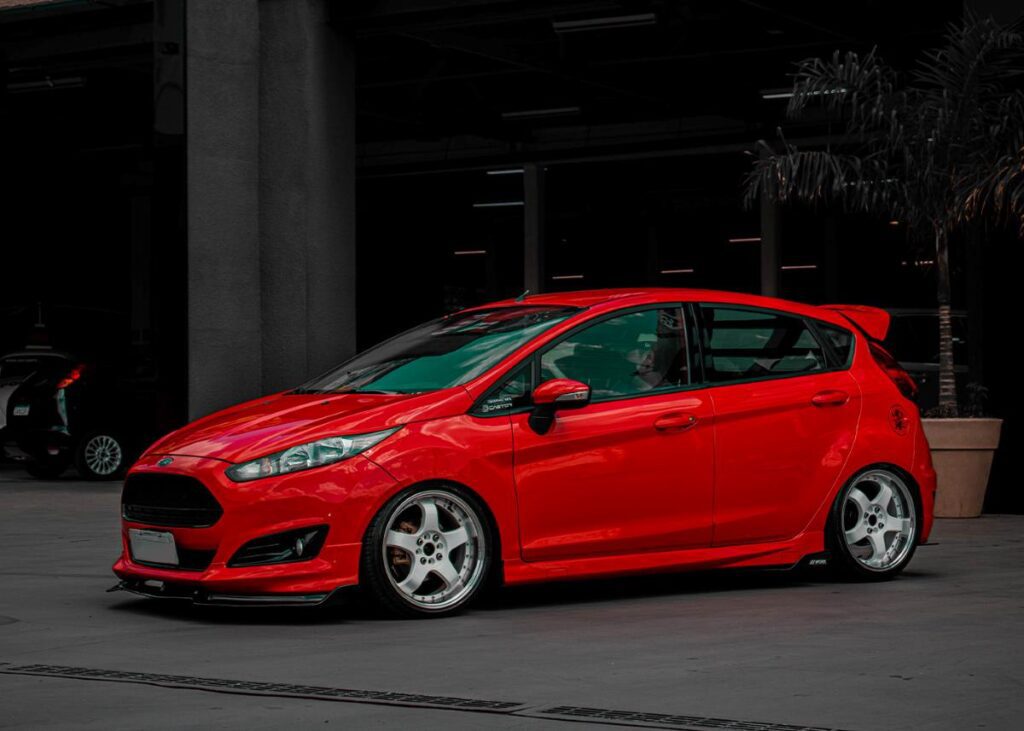
With over 20 million sold, the mighty Ford Fiesta has been around for just shy of 50 years now and they remain one of the most popular cars to modify here in the UK despite the fact that the last Ford Fiesta will roll off the production line this June, effectively spelling the end for the badge. The truth is that they have been the people’s choice from the very beginning, way back in 1976.
In fact, just about every year since the early ‘90s, the Ford Fiesta has been Britain’s most popular new car, period. So, it’s safe to say that there’s still more than a couple on the road – and we can’t see them disappearing for at least another decade or two, either.
But with a well-stocked aftermarket offering performance and styling upgrades, and a whole community of enthusiasts dedicated to tweaking Ford’s most famous supermini, what are the 10 best mods over all eight generations of Ford Fiesta? Well, we think we have the answers.
1. Alloy wheels
Let’s start with perhaps the most popular exterior modification for most Fiestas to hit the streets since the late 1970s: alloy wheels. Aside from a couple of rare variants produced for the Asian market (which came with 4x100PCD wheels), all Fiestas have the 4×108 stud pattern in common, and that means that there’s plenty of choice when it comes to a cheeky wheel swap. It also means that many of the standard alloy wheels are interchangeable between models, making for a relatively cheap and easy upgrade if, say you wanted to fit second-hand Fiesta ST alloys to one of the Mk5, Mk6 or Mk7 base models.
That said, the aftermarket has always been the way to go when it comes to showing your individuality, and the truth is that most wheel styles – and indeed colours – look great on any Fiesta. Most popular over the years seems to be motorsport-inspired rims, which is understandable considering Ford’s illustrious rallying history.
Just be cautious when it comes to the sizes you choose – early Fiestas such as the Mk2 and Mk3 were not designed to take huge wheels, so rims that are 15 inches in diameter are about the limit without major arch modifications. On the other hand, some modern variants such as the Mk7 and Mk8 actually came with an 18-inch wheel option for the factory, so there’s a lot more scope for squeezing big, wide wheels under the arches.
As a rule of thumb, don’t deviate more than an inch or two from the standard diameter and you’ll get all the looks without upsetting the drivability.
2. Stainless steel exhausts
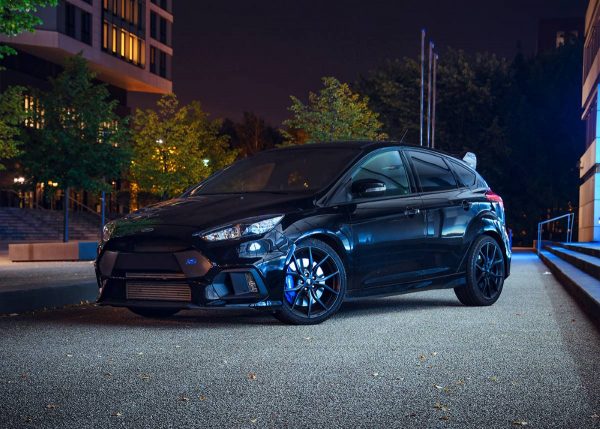
Technically we’re looking at a tuning mod designed to more efficiently remove waste gasses from the engine, freeing up a few horses along the way. But, when it comes to the baby Ford, aftermarket exhausts are equally about looks, longevity and of course, getting that deep performance rumble. In fact, for many out there, a performance exhaust will be the first (and often last) modification performed. Plenty of otherwise standard Fiestas have benefited from a stainless steel, cat-back upgrade over the years.
Bolt-on aftermarket exhausts have many advantages, including the fact that they don’t rust, so they should last the lifetime of the car. They’re also relatively affordable, easy to install, and available for all Fiesta models, dating back to the very first Mk1 right up to the most recent Mk8.
Remember though, all exhausts are designed specifically for each model, so they’re not interchangeable between different variants or engines. But on the plus side, there are plenty of reputable manufacturers who offer a choice for almost any budget.
3. Lowering springs
When you think of performance models, you think about the Fiesta Mk6 and Fiesta MK7 ST, or perhaps the Mk5 Fiesta Zetec-S. If you’re a little older it may be the Fiesta Mk3 RS Turbo or RS1800, but even though all these models come with factory suspension tuned towards sporty handling, they also come with the exact same problem as the more bread and butter examples – they all sit way too high!
What with the Fiesta being a popular car in all walks of life, it’s easy to see why Ford has traditionally opted for a ride height that works in the city and on the most challenging road surfaces, but it’s still possible to adjust the B-road handling and overall looks a little more in your favour using a simple set of lowering springs.
In truth, they’re far from simple. These shorter, stiffer coils are designed to lower the centre of gravity to all but eliminate body roll and to keep chassis geometry at its optimum through the corners. In most cases, just a 25mm drop can make all the difference in beefing up the handling and vastly improve the visual appeal.
There are other suspension mods, such as uprated dampers or coilovers of course, but the main advantage of lowering springs is that they’re extremely cost effective, and available for just about every Fiesta model to ever come out of the factory.
The biggest piece of advice we can give here is to do your research and look for the very best quality. The big-name suspension brands spend millions on development to ensure that their springs work effectively with the standard shock absorbers. That may not be the case with some of the cheaper items out there.
4. Subwoofers
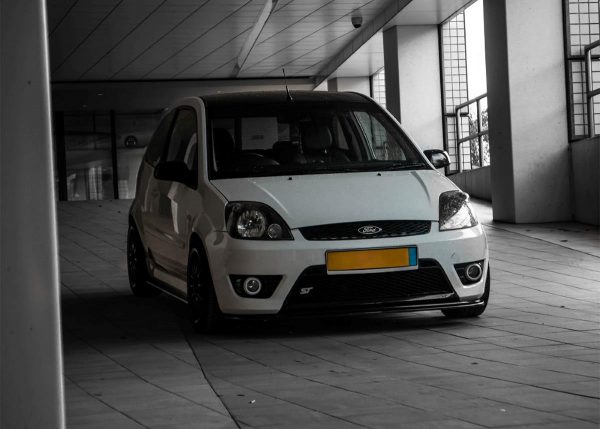
What is a subwoofer? Simply put, it’s a big speaker capable of reproducing the sub bass part of the sound spectrum recorded on your music. Without one in your vehicle, you’re just not getting the full picture – a huge part of the frequency range will be missing, or at the very least extremely muted.
Now, aside from the most modern Mk7 and Mk8 Fiesta models with the highest trim levels, Ford don’t fit a subwoofer as standard, which is something of a tragedy for real music fans, no matter their actual taste with regards to the tracks on their favourite playlist.
But it’s a problem that’s easily remedied. Fitting an aftermarket subwoofer – and often upgrading the rest of your sound system at the same time – has been one of the most popular modifications since the beginning of time. What’s more, any Fiesta model can benefit from a sonic upgrade.
Although there are a few vehicle-specific offerings on the market, for the most part subwoofers are universal fitment and relatively easy to install, even for the modding novice. There are also many, many guides online that cover each and every model.
The short of it, though, is, by hooking up a sub to your sound system, you can build a great setup with an emphasis on full reproduction and high-end sound quality. In car audio terms, having a sub is not just about being loud.
5. Alloy intercoolers
Back in the ‘90s, the king of all Fiestas was the RS Turbo. The clue is in the name – it was the first model to boost power using a turbocharger. Strangely enough, and despite its popularity, when the RS Turbo was phased out in 1992, Ford didn’t offer another petrol-powered turbocharged Fiesta until the launch of the Mk7 in 2008, which included a whole range of EcoBoost engines, including the 1.6-litre variant in the 200-horsepower Fiesta ST.
In any case, nowadays just about every Mk7 and Mk8 model is turbocharged for both power and efficiency, and this includes the diesel models too. This also means that they can all reap the benefits of a simple intercooler upgrade.
Your intercooler has the crucial job of cooling the hot air entering the engine after it’s passed through the turbocharger. Colder air is denser – it has more oxygen by volume – and this helps the engine produce more power. So, the key when it comes to any sort of tuning is to be as efficient as possible when it comes to cooling.
Aftermarket alloy intercoolers not only dissipate heat faster than standard items, but often have a larger capacity or front-mounting position designed to pick up maximum airflow. These aspects make them far more efficient, often resulting in a significant power hike and, most importantly, increased safety for the engine by offering increased protection from detonation.
An alloy intercooler upgrade is only suitable for the turbocharged models of course, but they always offer a cost-effective tuning mod with relatively easy installation.
6. Port mapping
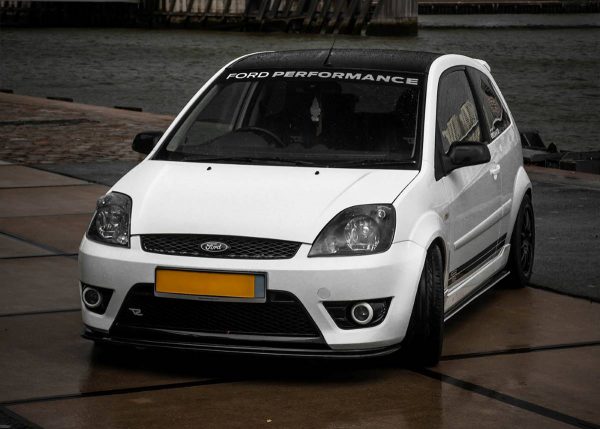
A port map – or a remap of the ECU software through the diagnostic (OBD2) port – is undoubtedly the easiest way to bolster the performance of your modern Fiesta. Perhaps best of all (with varying gains depending on different engine specifications), a remapping specialist can tweak the settings on every single model released since the Mk5, which was released over 20 years ago.
All electronic fuel injection (EFI) systems are regulated by an Engine Control Unit (ECU). This unit is a small computer that sets various parameters such as ignition timing, fuelling and boost pressure, governing the amount of power and torque – and the fuel economy – that the engine is able to muster.
Since the introduction of EFI in the Mk3 Fiesta, it has been possible to optimise the electronic software for better performance. In the old days, this meant ‘chipping’ the ECU, or physically opening the casing and soldering in a modified microchip. But, by the time the Mk5 Fiesta came along in the late ‘90s, standardised OBD2 ports had become standard equipment on the majority of European cars, offering a direct link to the ECU. These not only allow mechanics to perform diagnostics simply by plugging in a computer but offer a convenient way for mapping specialists to change the software (known as the map) contained within.
Remapping is all about optimisation of these engine settings. The basic Ford software has to cater for huge variations in altitude, fuel quality and temperature, so that any Fiesta can work in any extreme climate, anywhere in the world.
For most countries (including here in the UK) we don’t have to be quite so cautious about high altitude motoring or the most extreme temperatures, so a software remap is a simple way to optimise every setting for the best possible performance, while keeping everything within strict safety parameters.
7. Quick shifters
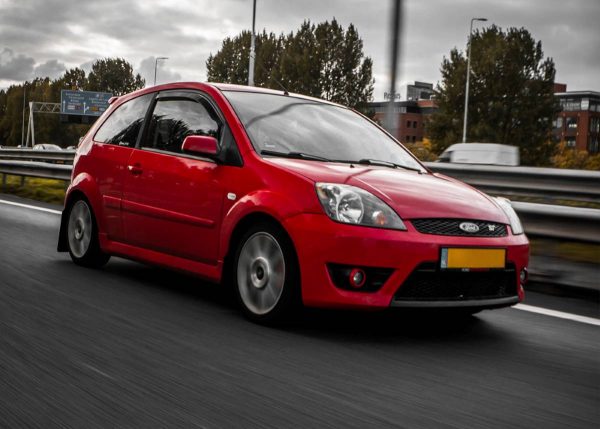
A quick shift – otherwise known a short shift kit – is a device engineered to shorten the throw of your gear stick (i.e. the distance it has to travel between the gears) to make gear changes more precise and up to 30% quicker.
The basic premise is that the less time you spend shifting with the clutch in, the more time you’re on the accelerator. This not only means quicker acceleration but has secured the short shift the title of ultimate racecar-inspired mod.
Cheap and relatively easy to install, quick shift kits are available for most models since the Mk2 Fiesta, although their simplicity in design, ease of fitment and starting prices of around £50 for later models seems to make them particularly popular for Fiesta Mk6, Mk7 and Mk8 variants.
And it’s not just the more performance-oriented offerings such as the Fiesta ST and Zetec S that are catered for. Everything from the 1-litre EcoBoost to the Duratorq diesels can benefit from a short shift kit – all you need to start off with is a Fiesta with a manual gearbox.
8. Air filter upgrades
There’s no doubt about it: a performance filter upgrade is a classic tuning mod and one that seems to be as old as time. Tuning, for the most part, is all about getting the maximum amount of air into the engine, so more fuel can be burned for a bigger bang in the cylinders. This is what produces more power.
Performance filter upgrades have been available for every Fiesta since inception and, despite varying in design for each specific model, the premise has always been the same – they’re able to let through more air (and do it faster) than standard while still being effective in filtering out any potentially harmful particles.
Perhaps best of all, this kind of upgrade doesn’t have to be expensive or even time consuming to fit. Prices start at around £40 for a performance panel filter that’s installed directly into the standard airbox, and rises to a little more for a high-performance induction kit that replaces part or all of the factory intake.
One of the cheapest and most effective modifications to free up a few extra horses for just about any Fiesta model.
9. Interior mods
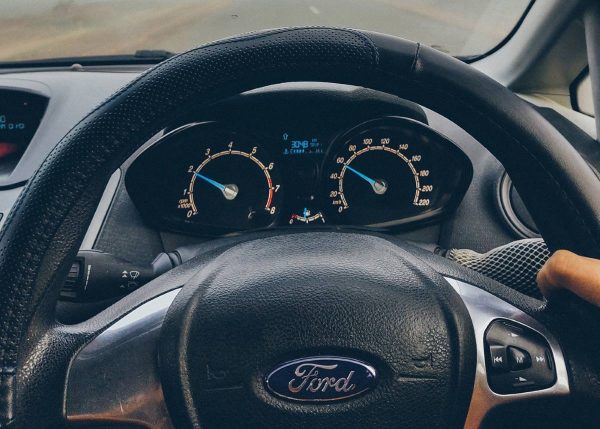
Looking for best styling mods on a strict budget? Then look no further than your interior, where you’ll find you can make some of the cheapest and easiest tweaks. Besides, sometimes it really is what’s on the inside that counts; after all, it’s here that you’ll spend most of your time.
From the simplest upgrades, such as a posh new set of mats, LED interior lighting or an alloy gear knob, to those where you’ll need to break out the spanners to do the fitting, it’s a relatively straightforward task to transform any base model interior into something a little more special.
Scouring the classified ads and online auction sites is the key to frugality here. A whole new interior can be had from a vehicle breaker for a fraction of the price of a single seat from a main dealer. The idea, as you’d expect, is to find the desired parts from a higher trim level and fit them to your own car. This is a concept that’s been around ever since the first modifier got their hands on a set of seats from a Mk1 Fiesta XR2 and popped them into their 990cc base model.
But whether it’s leather seats and doorcards from a special edition, Fiesta ST sports seats, carpets or even a new dashboard and steering wheel, the best part is – assuming you’re making the swap from the same variant (e.g. Mk7 Fiesta parts in another Mk7 Fiesta) – that you know they’ll always slot into place perfectly. Just make sure you watch out for the differences in three-door and five-door models; not every part is interchangeable from the B-pillar back.
On the other hand, if fitting aftermarket seats with bonafide motorsport credentials is more the look you’re after, the major seat manufacturers supply model-specific subframes, allowing their fixed back buckets or reclining sports seats to bolt straight into your car without the need for any custom modifications. These are available to cater for all models, from the Mk1 Fiesta all the way up to the Mk8.
10. Roll cages

There’s no denying that there aren’t many other mods that look like they mean business quite so much as any sort of roll cage. While they may not be the cheapest modification or the easiest to fit, motorsport-inspired roll cages are notable simply because of their extreme popularity. Again, a lot of this is due to the rally heritage coveted so dearly in the modified Ford community.
Everything from simple bolt-in rear cages and full-on FIA-approved weld-in items are available for all Fiesta models, but they’re not simply for looks, or even solely a safety device for when things go wrong. No, a roll cage can also significantly improve your handling.
The idea is to create a stiffer chassis by triangulating key points around the vehicle. This helps keep the optimum geometry during the most extreme cornering. Of course, most of this is only applicable when actually going racing, and most cages fitted for road or show use are mainly to offer a good degree of motorsport styling. But we can’t see anything wrong with that either.
Worried how all these mods will affect your insurance? Read our blog on how popular modifications affect your insurance premiums.
Car insurance for your modified Ford Fiesta
If you decide to modify your Ford Fiesta, you might find that insurers refuse to cover your freshly kitted out car, especially if you’ve added performance modifications. As a specialist insurance broker, we’re able to cover modified, classic and high-performance vehicles where others cannot. Call us on 0800 369 8590 for a Ford Fiesta insurance quote or book a callback at a time that suits you.







